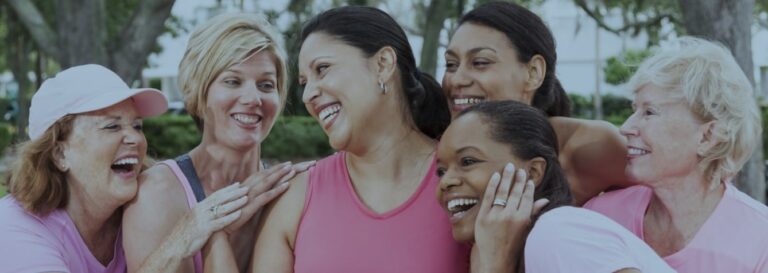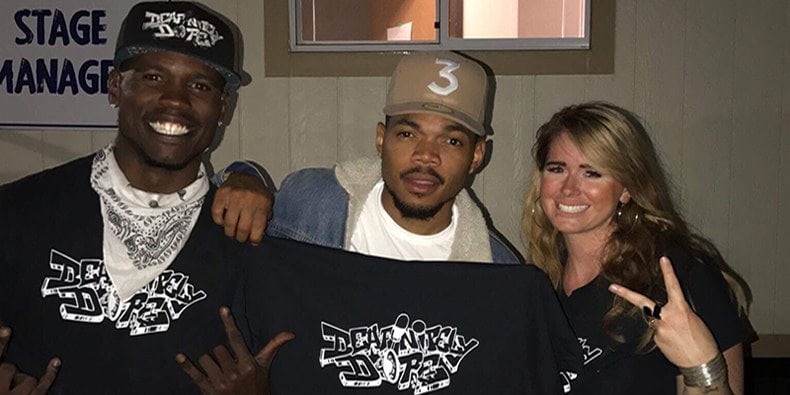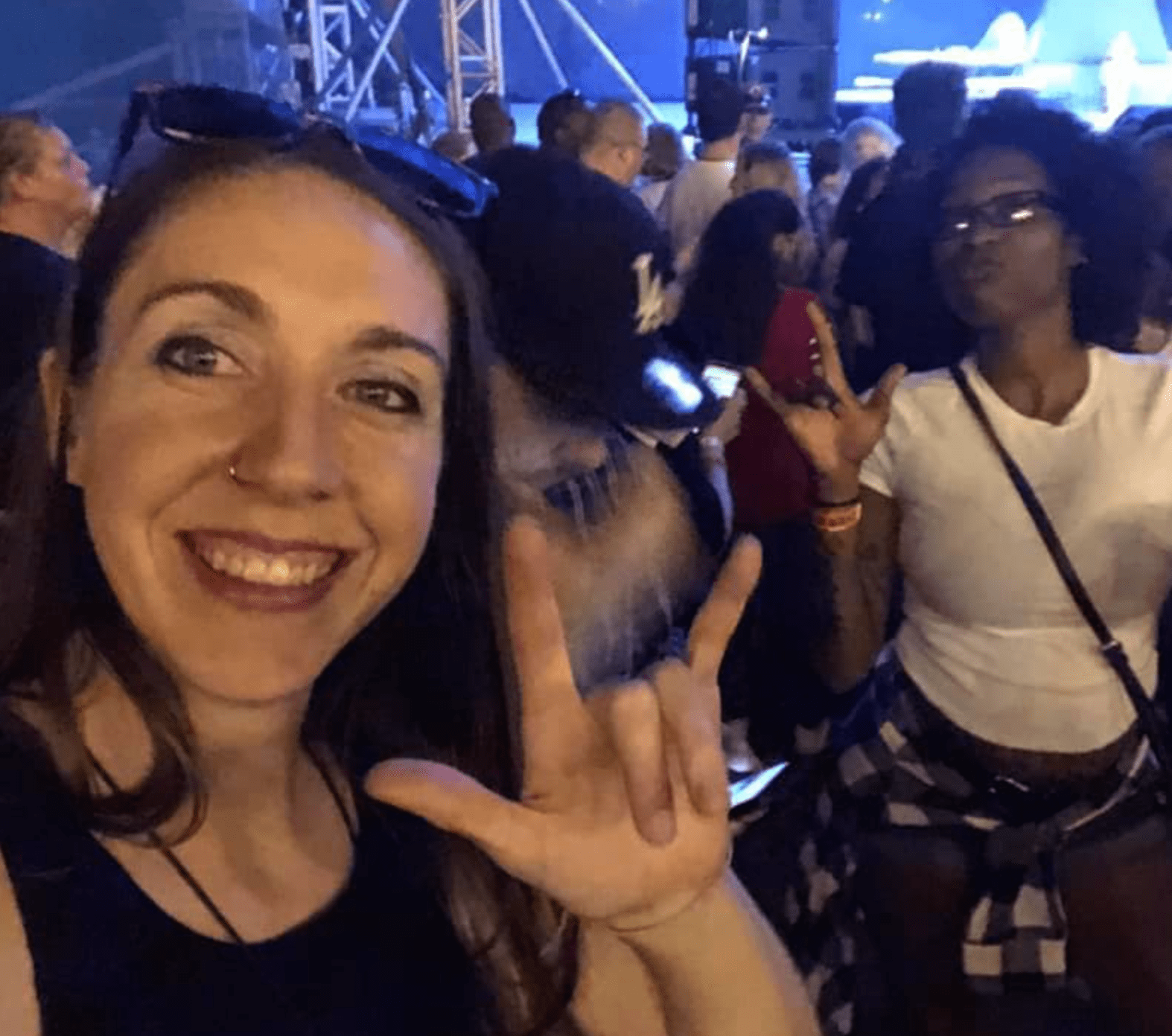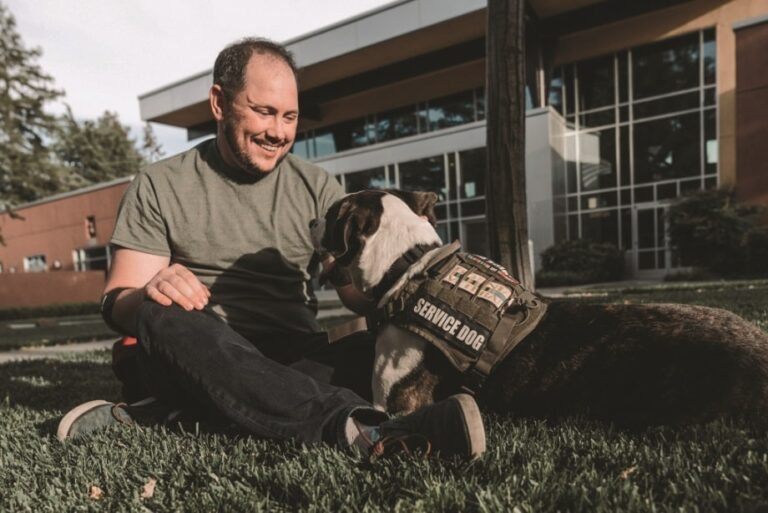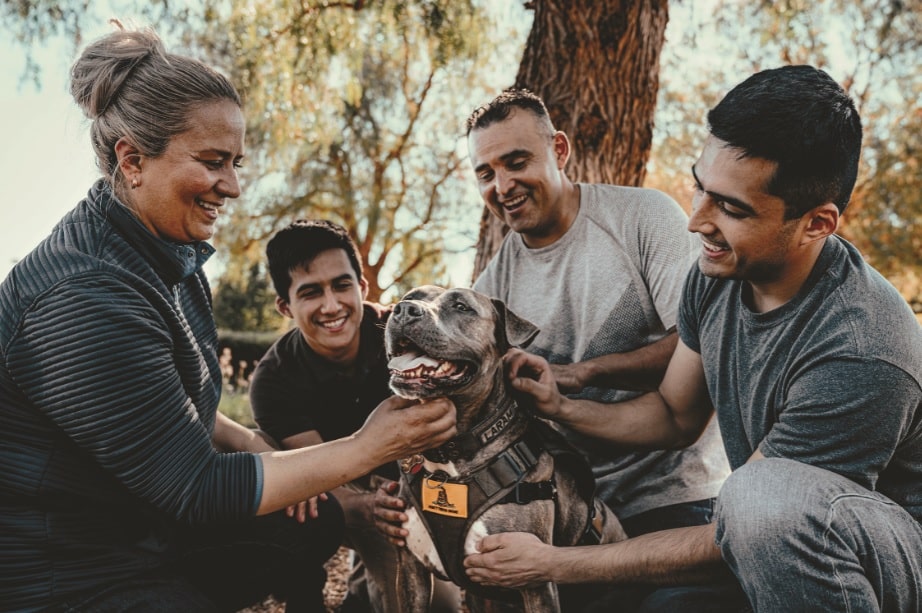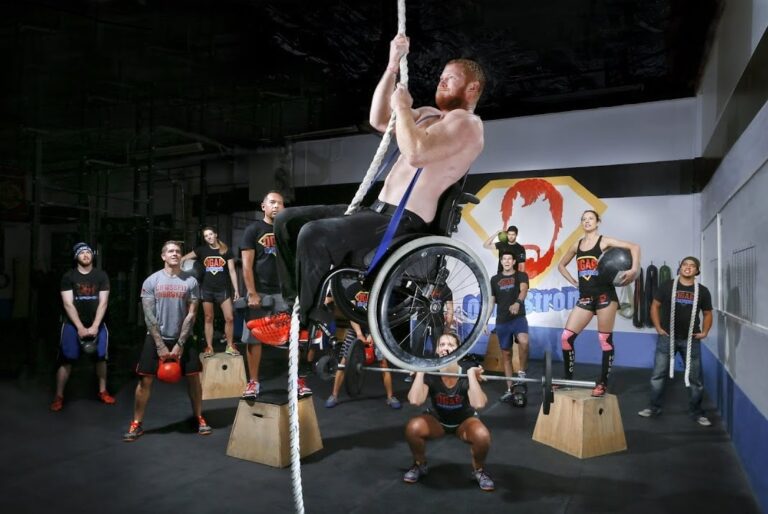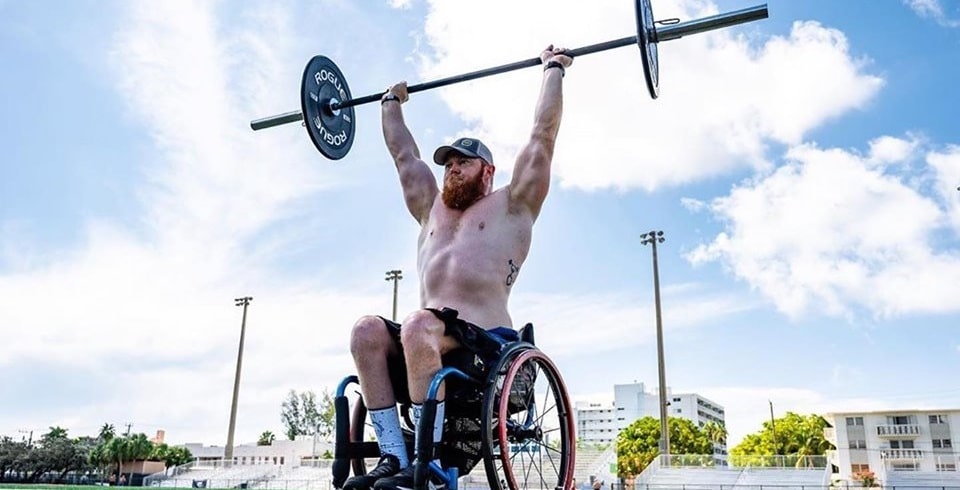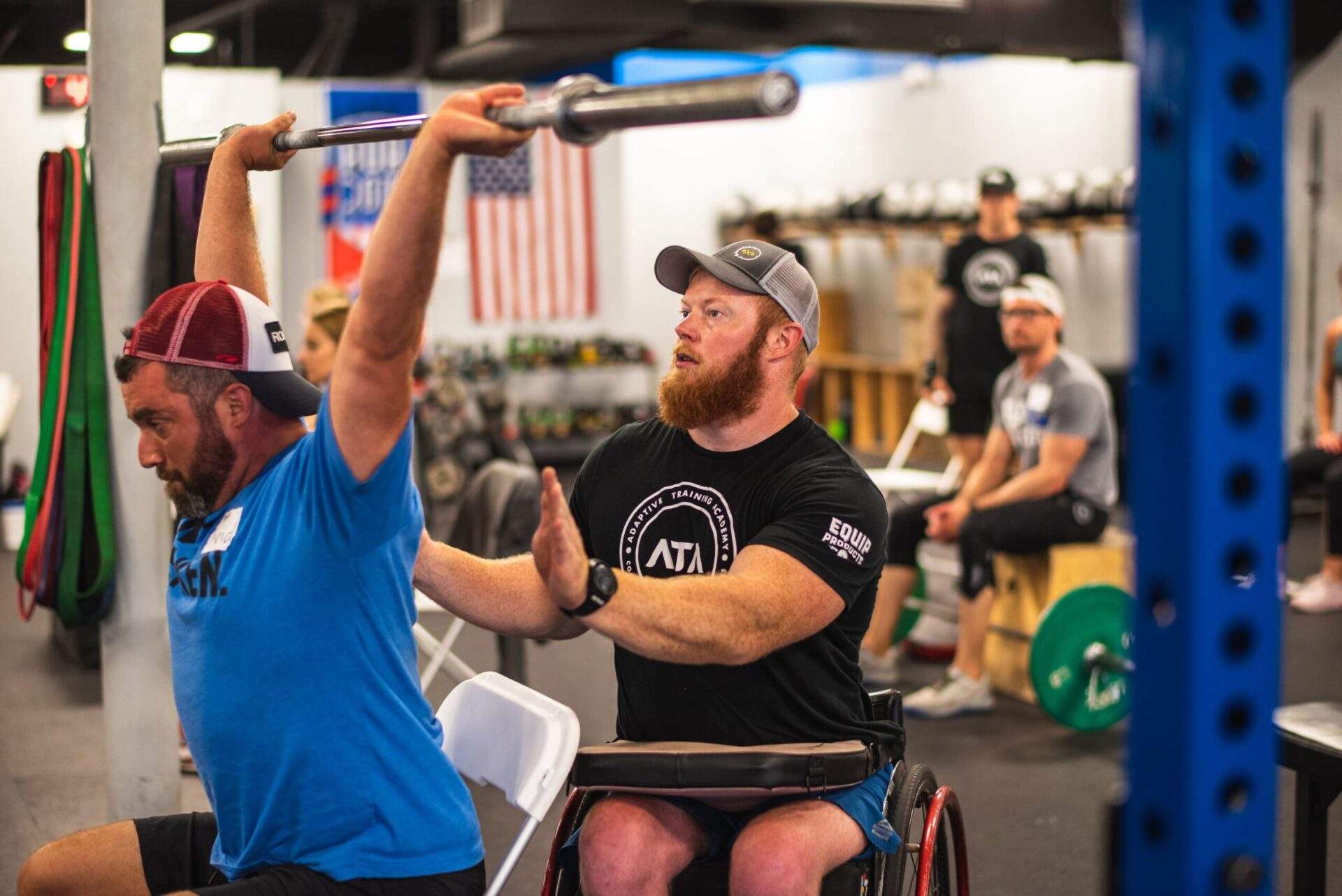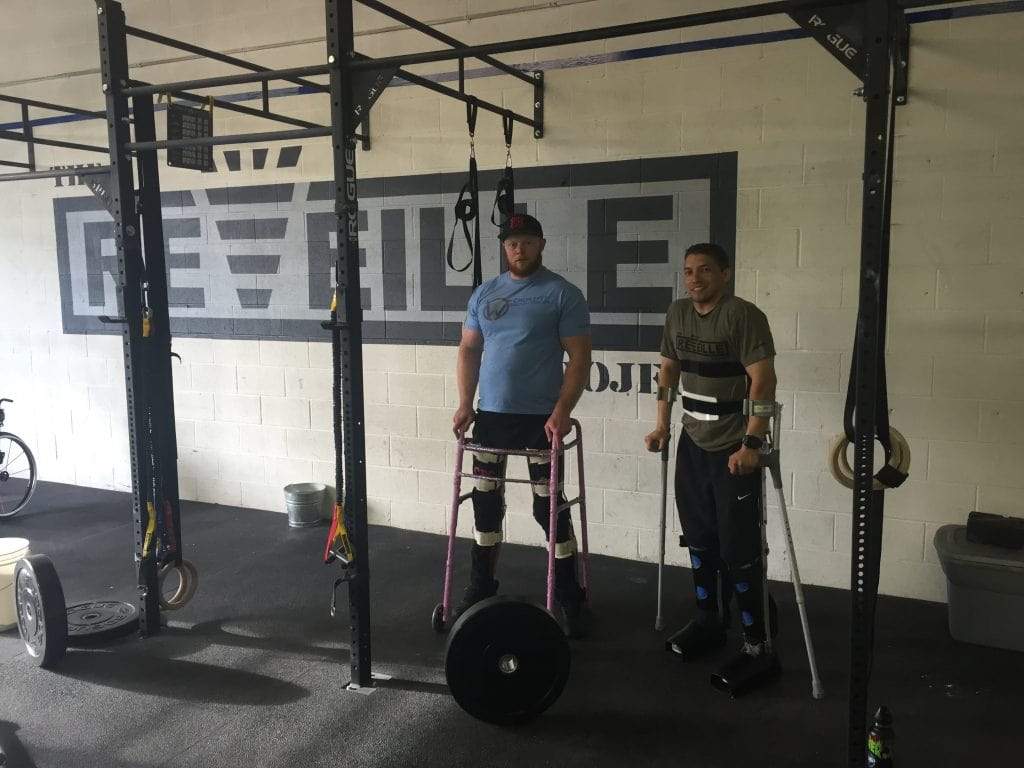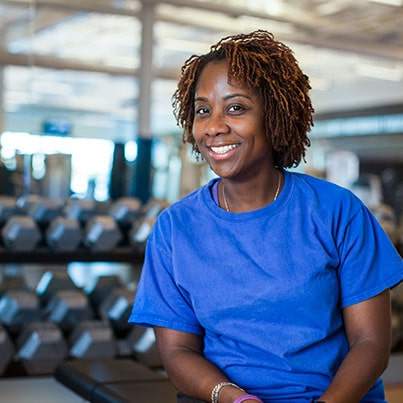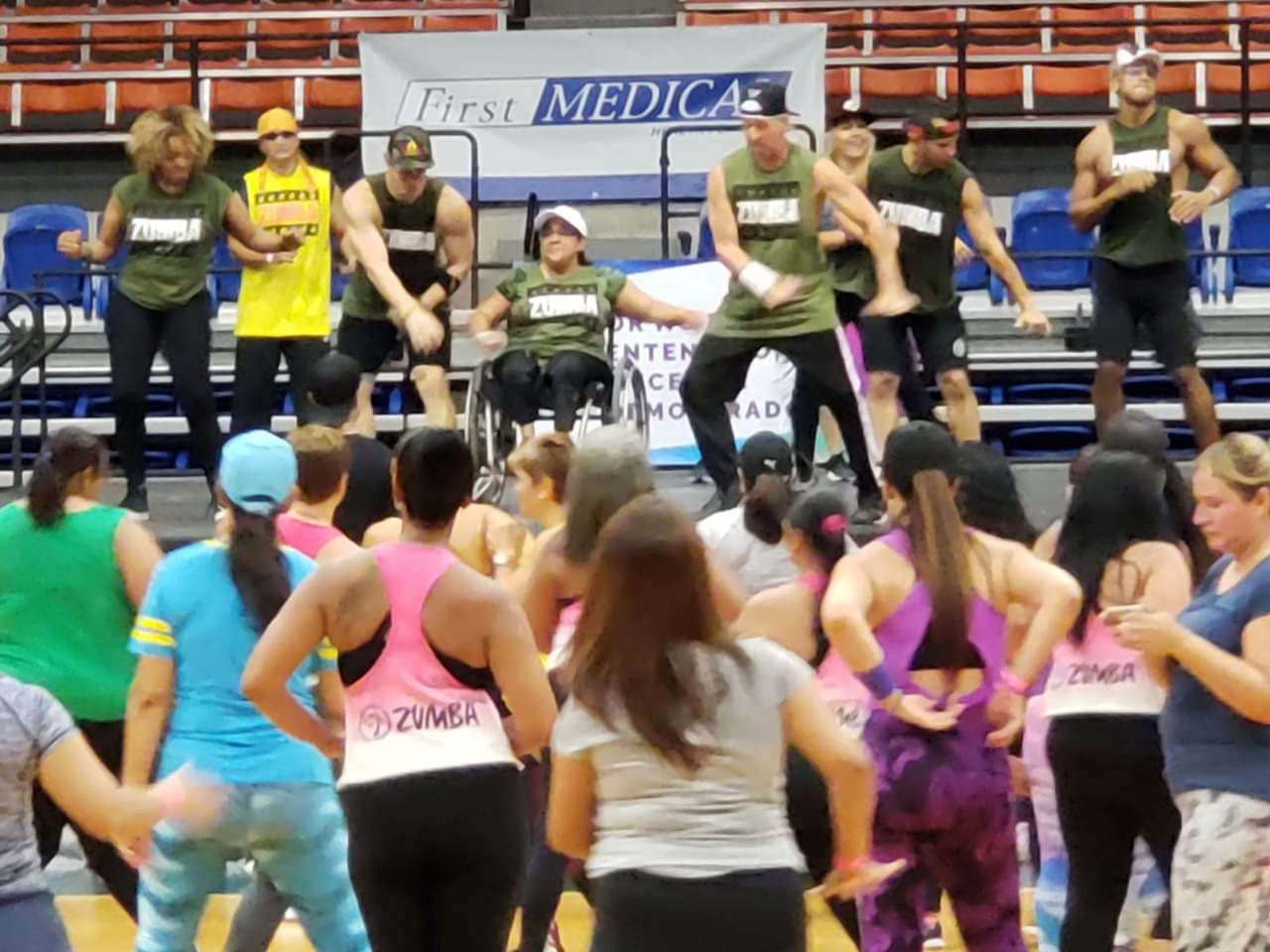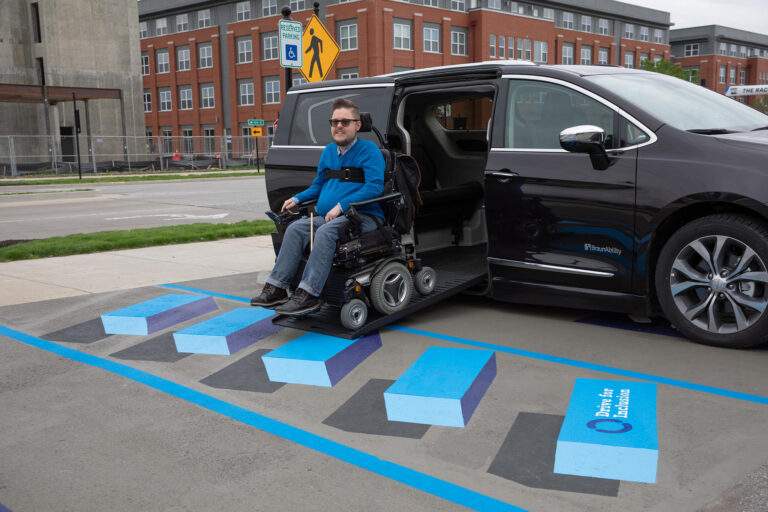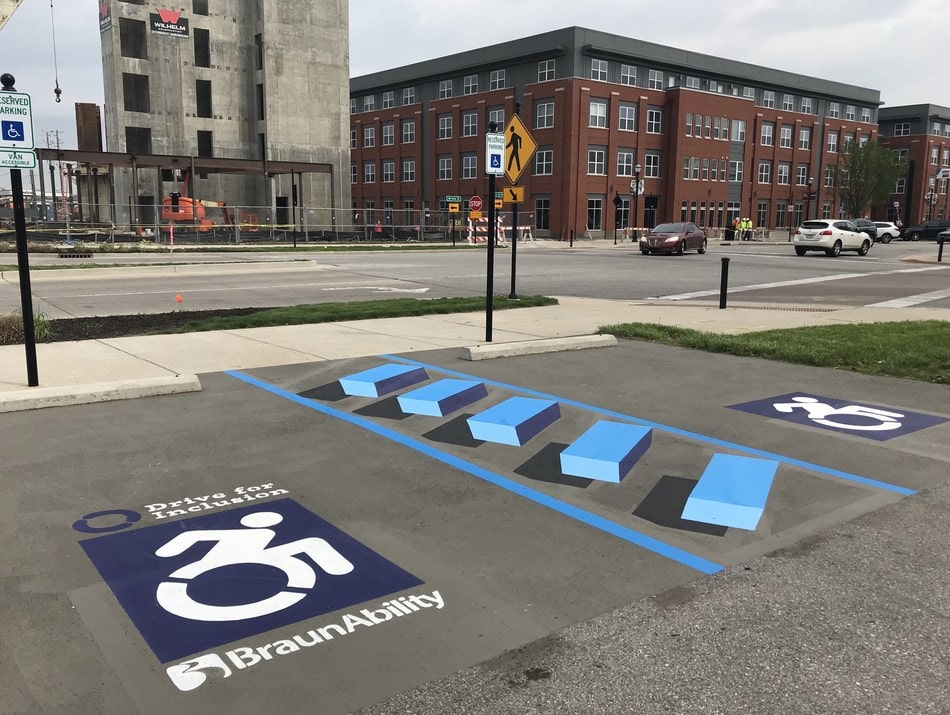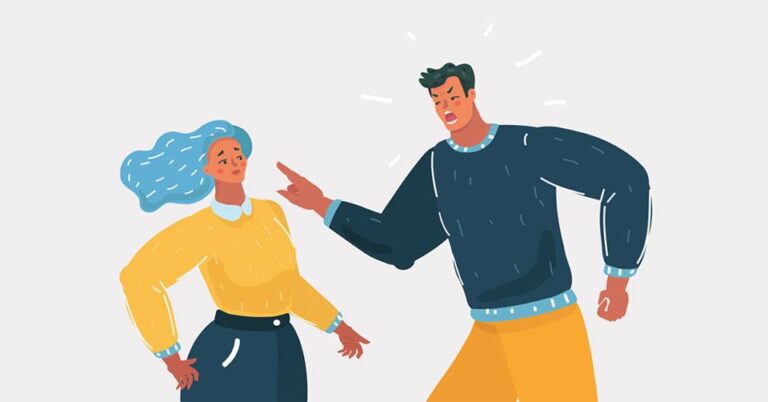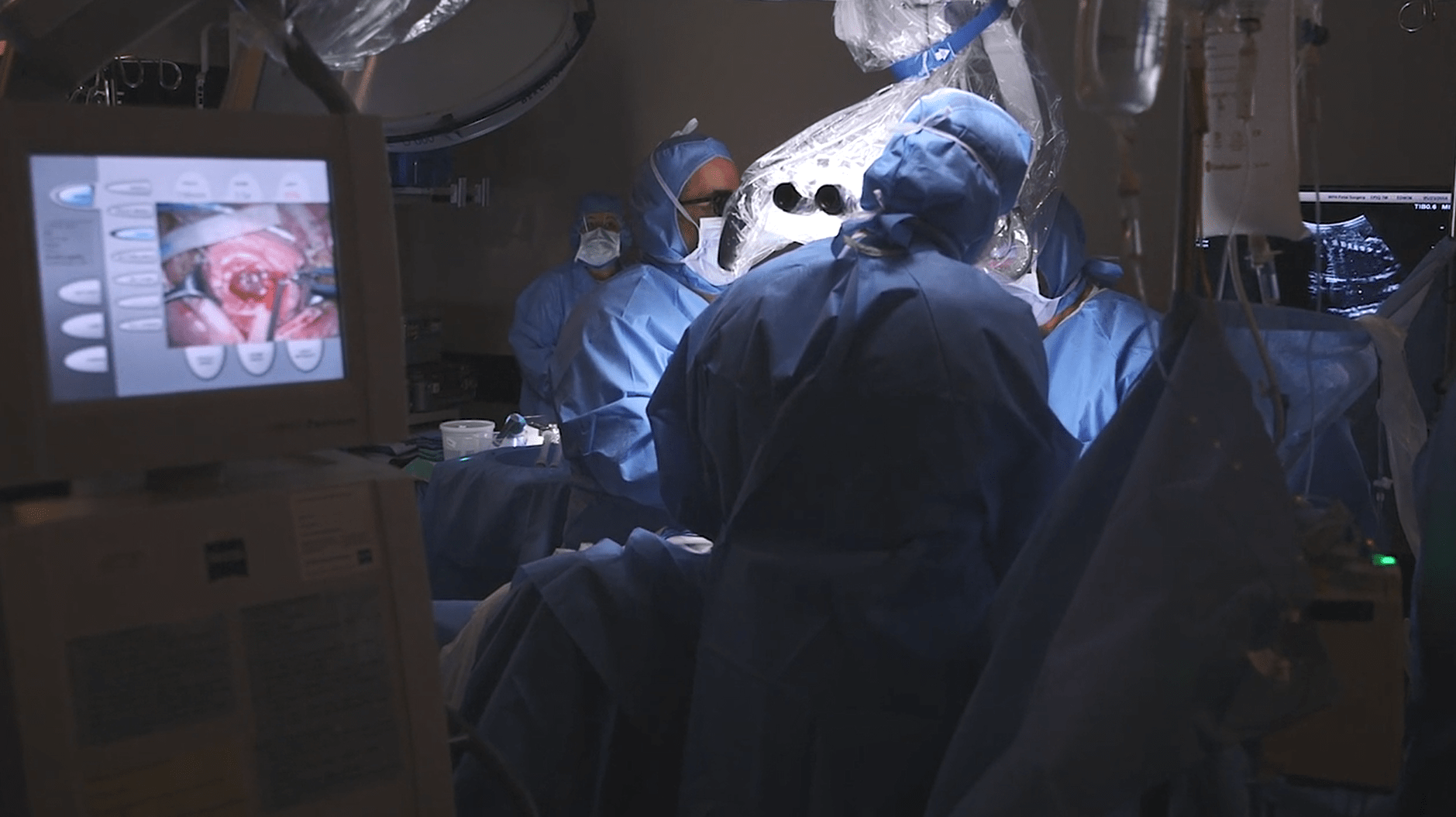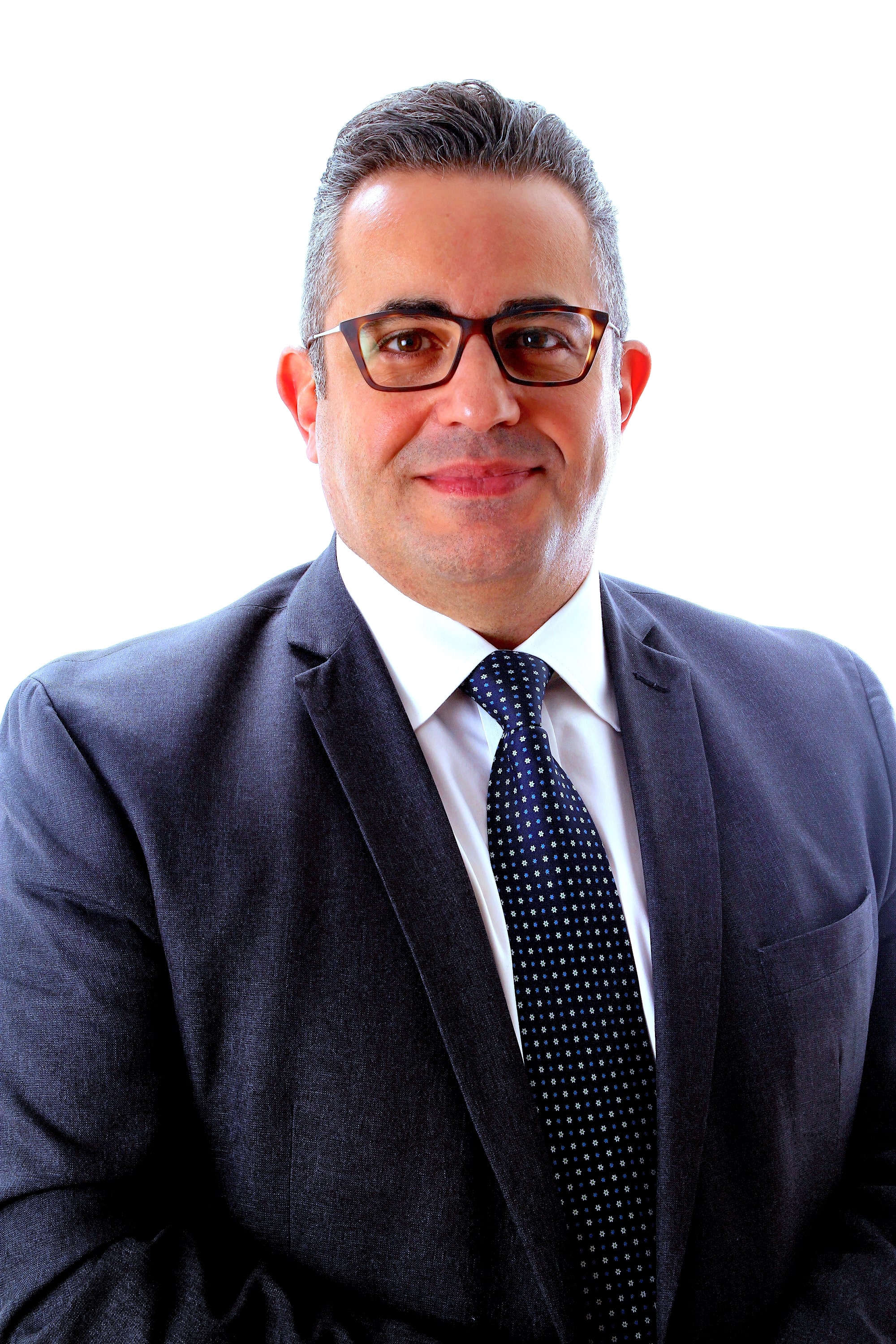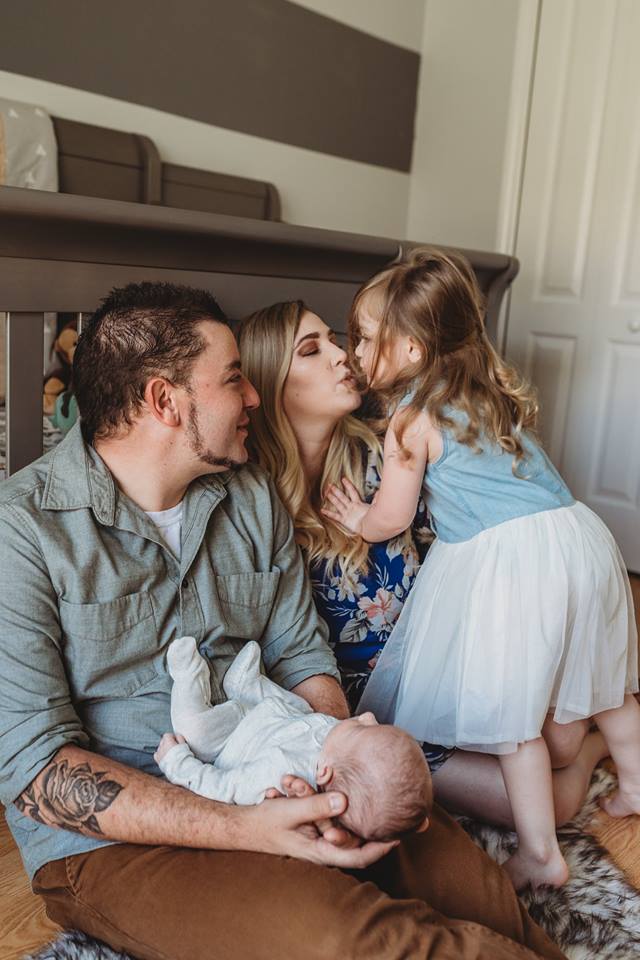October is National Breast Cancer Awareness Month
Receiving a shocking breast cancer diagnosis disrupts a woman’s life in countless ways, but it shouldn’t change her friendships. If anything, going through this life-changing journey should make the bonds between friends even stronger.
Once the diagnosis sinks in, knowing what to do and say can help you relax back into your friendship and feel confident in the support you already provide in countless ways. It can also help your loved one through her diagnosis, treatment, and recovery. If she knows she’s got a loyal corps of friends to rely on, she can let her guard down to rest, heal and reflect.
Here are five ways practical ways you can help:
Listen
While your friend is reeling from her news, her mind will be torn in dozens of directions, figuring out how to tackle her new diagnosis while also managing things at home, with her family, and possibly even work.
Let her freely express her fears and concerns — and simply listen. Resist the urge to fill the silences and to offer unsolicited advice. Your friend needs a shoulder to lean on, which isn’t the same as wanting you to solve her problems.
It’s also best not to share stories about other people’s negative experiences or to tell your friend how she should feel. Saying things like, “It could be worse” minimizes the gravity of what she’s going through. Instead, acknowledge how unnerving and complicated the situation must feel.
Above all, let your friend know you’ll be by her side for the long haul, not just in the early stages and that she can trust you when she’d like to keep information and her thoughts and feelings private.
Offer Specific Help
The classic response to people in a crisis is, “Let me know if you need anything.” But the truth is, in most cases, that open-ended statement isn’t helpful at all since it’s likely your friend will feel awkward calling you out of the blue for a favor. Instead, try offering to help with specific tasks, such as:
- Buying groceries
- Cleaning the house
- Doing yard work
- Driving kids to activities
- Organizing meals
- Pet care
- Picking up prescriptions
- Managing a CaringBridge or similar page to share updates
You can also talk to her caregiver for input on more ways to help. Since they often feel like they need to be strong for their loved one and able to handle things all on their own, caregivers are reluctant to ask for support, even when they need it. Don’t forget that cancer treatment is a journey for the whole family.
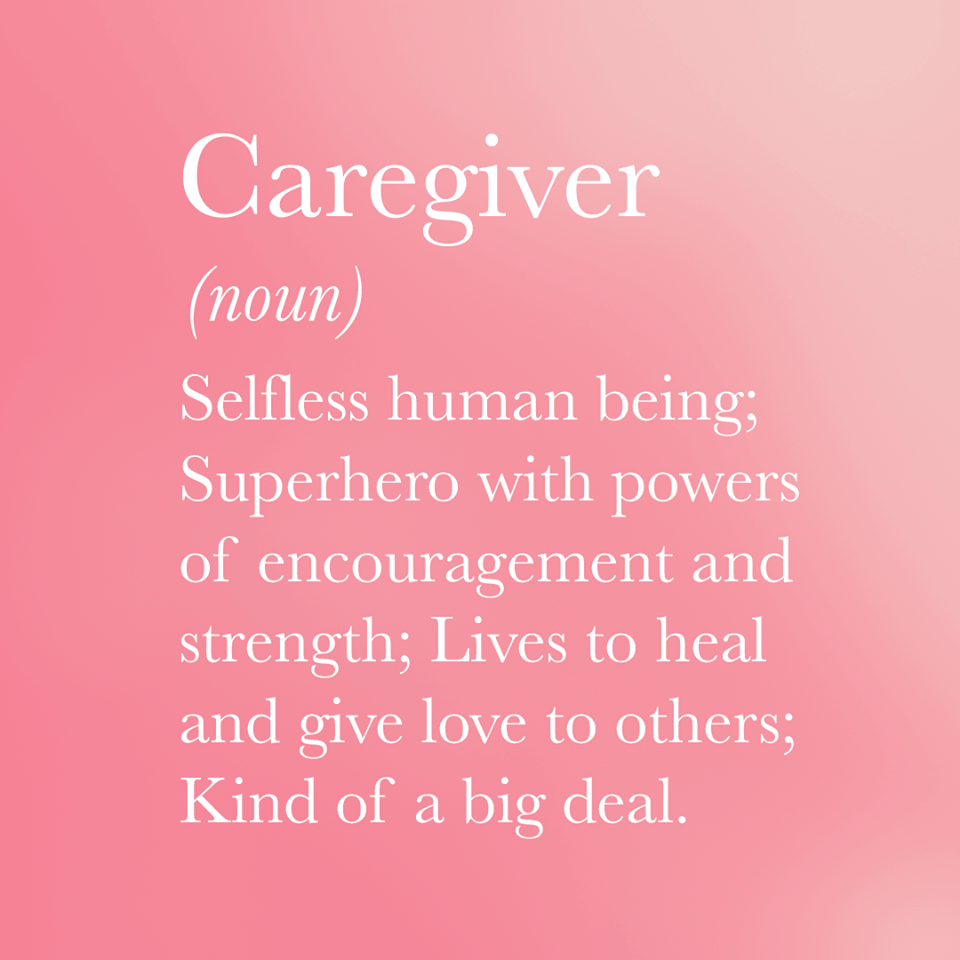
Give Her Thoughtful Gifts, Cards
Little gifts or notes go a long way toward brightening someone’s day and are a way for not just local, but out-of-town friends to offer support. You can even reach out to family and friends to mail you a note and present them all at once in a special box, perhaps on a significant day or milestone in her treatment. Gift ideas might include:
- Amazon gift cards so she can shop from home
- Care packages with lip balm, tissues, lotion, and hard candy for a dry mouth or metallic taste from medication
- Colorful, fun socks
- Cute water bottles
- Drawings from a child
- Gift cards for electronic reading devices (Kindle, Nooks, iPad)
- Journal
- Magazines, books
- Notebook with pockets to keep track of information
- Pajamas, robe, silky pillowcase
- Pictures of friends
- Scarves, hat
Gifts for her caregiver are also a kind gesture. You may also consider insisting you don’t want a thank you note in return for any gifts.
Offer to Go to Appointments
If your friend feels overwhelmed, offer to go to doctor appointments to take notes and ask questions she might not think to ask. You can also be a “chemo” buddy. Driving her to and from as well as sitting with her during chemotherapy or radiation therapy treatments is a bigger help than you may ever realize. Not only will your friend appreciate the company and encouragement, but it can also give her caregiver a break.
Visit and Include Her in Activities
Make plans to visit to cheer your friend up at home to give her something to look forward to. Make sure to check with her first, though. You may also want to coordinate your visit with her caregiver so he or she can take a break or run errands while you’re there.
When you’re with your loved one, don’t focus the conversations only on cancer. Treat your friend like you did before. Ask for their advice and input. Share news about school, church, work, or the neighborhood. Ask about her family, job, and what she’s been doing outside of breast cancer.
If your friend seems tired, graciously end the visit and let her know you’ll be back in touch to set up another visit. On the other hand, if your friend feels up to it, offer to take her for a drive, to a movie, the mall, a restaurant, on an errand, or anything else she may be up to doing with you or with your usual group of friends.
She’ll want to have a “normal” life as much as possible, so keep inviting her to any events or activities you ordinarily go to together.
Your Friendship is Enough
You may begin to discount your ideas on how to help or feel like simply being present isn’t enough. But more than any task you could carry out on your loved one’s behalf, it’s your love they need the most. Helping your loved one feel supported and strong through her breast cancer journey is everything she needs to succeed.
[Originally published by AdventHealth; reprinted with permission.]




